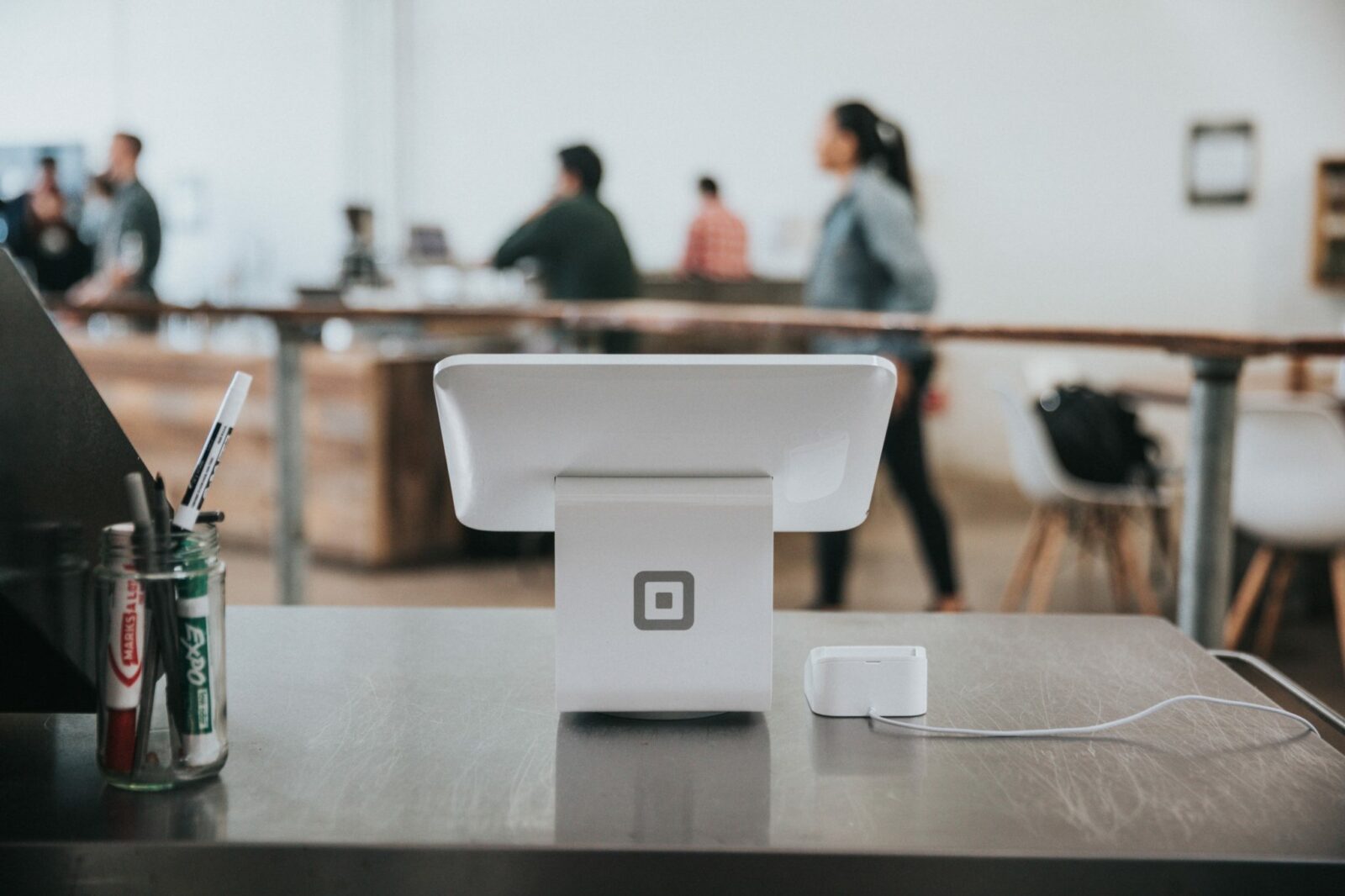IRS Soon to Forgo Paper Checks

Earlier this year, a federal executive order set in motion a change to the way funds will be transferred to and from the U.S. Treasury Department. This plan has flown under the radar a bit, with less press than it deserves, and word of it is nearly impossible to find even on the IRS website. (Treasury did issue a press release a few days ago, soliciting public comment.) The change will have a significant impact on those who are used to making payments to the IRS, or collecting refunds from the IRS, in the form of paper checks. Corporations have for many years been subject to IRS e-payment rules. This order extends such rules to individuals, trusts, and other types of taxpayers.
The new e-payment rules
The text of the order, entitled Modernizing Payments To and From America’s Bank Account, may be found on the White House website, and its most significant changes can be summarized as follows:
- Effective September 30, 2025, the IRS will begin making payments to taxpayers from the IRS electronically, rather than via paper check.
- Without providing a specific date, the IRS will “as soon as practicable” demand that payments made to the IRS from taxpayers be made electronically.
Some exceptions are contemplated, but they appear to be very limited.
The alternatives to cash payments
For many individual taxpayers, this will impact only payments or refunds reported on their Forms 1040. In other words, it will be a once-a-year event. For them, this may involve merely adding a bank account number, routing number, and description of the type of account (checking vs. savings) to page 2 of their Forms 1040. The payment in either direction will then occur in the form of a direct deposit or direct withdrawal.
For actions that do not involve the concurrent filing of a tax return, taxpayers will need to undertake different steps. The most common example consists of making quarterly estimated tax payments. Those individuals have numerous electronic methods to choose from, including use of Direct Pay (using a bank account), a debit/credit card or digital wallet, use of a pre-established IRS account, or EFTPS (Electronic Federal Tax Payment System). These will be described very briefly below. More details and links to set up payments or accounts using those methods are found on the payment section of the IRS website.
The IRS account and EFTPS require up-front enrollment; do not expect to initiate payment using those methods without some lead time.
Use of a credit card, while feasible, can be very expensive because you, the taxpayer, will have to fund the so-called convenience charge. Most of us rarely think of that fee, because we don’t see it. By example, if you purchase a $30 garden rake at Home Depot using cash, the retailer keeps the full $30 (ignoring, in our example, any sales tax). But if you pay with a credit card, some combination of VISA, Mastercard, etc., and a sponsoring bank will take a cut of that $30, often in the range of 2-3%. You don’t pay an extra amount to cover that; it comes from the retailer’s share, who earns a smaller profit on credit card sales compared to cash sales. But the IRS offers no such courtesy. You will have to pay the entirety of the convenience charge yourself. For large tax payments, that rather small percentage can yield a significant charge, causing the convenience fee to be very inconvenient!
Direct Pay is rather straightforward, requiring a few minutes of time and a very moderate level of skill with a computer, tablet, or smart phone. No additional fee is imposed.
Commentary
In a lot of business settings, partnerships and S corporations often will make quarterly estimated tax payments to the IRS on behalf of their owners. The payments are properly characterized as distributions to the owners but are paid directly to the IRS by the entity using checks drawn on the entity’s bank account. This is a commonly-used shortcut approach that avoids writing a check to the shareholders for deposit into their accounts, only to have them in turn write checks from their personal accounts to the IRS. The executive order will riddle this method with speedbumps. In theory, the IRS might allow multiple individual accounts’ liabilities to be paid using one central entity account, but banks might deny the payments if the names do not match. It may be advisable in light of the upcoming changes for the company to pay the amounts to the owners, and have the owners then make their own payments to the IRS. The company could be given access to a personal account of the owner, to administratively allow a trusted executive to continue to make those payments on owners’ behalves. However, even the easiest method to use – the Direct Pay method – requires the person initiating the payment to enter some proprietary information derived from a recent tax return filed by the person to whom the payment will be credited – a step designed to verify the payer’s identity. To allow this, the owner will need to share more personal information with the company than in the past. The optimal approach will be for each taxpayer to learn to make their own payments.
In the near term, many taxpayers will have one more opportunity to collect a tax refund via paper check: those whose 2024 tax returns were extended, but only if the refund is processed before the September 30 cutoff date. It is unclear how much longer taxpayers can make payments to the IRS electronically, given the vague language in the order referencing “as soon as practicable.” Presumably the third quarter payments due by September 15 are still in play, but things may change between now and then.
Although most of the discussion above has centered on individuals, the executive order also applies to other types of taxpayers, like estates and trusts. Some of the electronic payment methods described above (like Direct Pay) are not available to estates and certain types of trusts, leaving such entities primarily with methods that require enrollment (and a bit of lead time).
Practitioners like us routinely provide advice to clients regarding payment of estimated tax and help implement refunds or payments due by populating tax returns. Many clients already utilize electronic payments and are familiar with the process. Others should understand that practitioners will need to begin collecting banking information from clients and asking related questions that in the past were unnecessary. In some cases, practitioners work with clients’ financial advisors/brokers to initiate payment, and that process will be altered as well. As with other confidential information, clients are encouraged to provide banking information to us via secure email or other encrypted means.
In any case, these changes are coming, and soon. Each of the methods described on the IRS website payment page, described above, is up and running now, and most have been in use for a long time. Taxpayers should choose what methods they want to use, and for those methods that require an account to be established, do so without delay.
For more information, please contact Stanley Rose or your BNN tax advisor at 800.244.7444.
Disclaimer of Liability: This publication is intended to provide general information to our clients and friends. It does not constitute accounting, tax, investment, or legal advice, nor is it intended to convey a thorough treatment of the subject matter.


